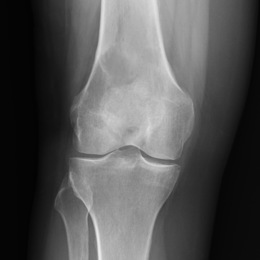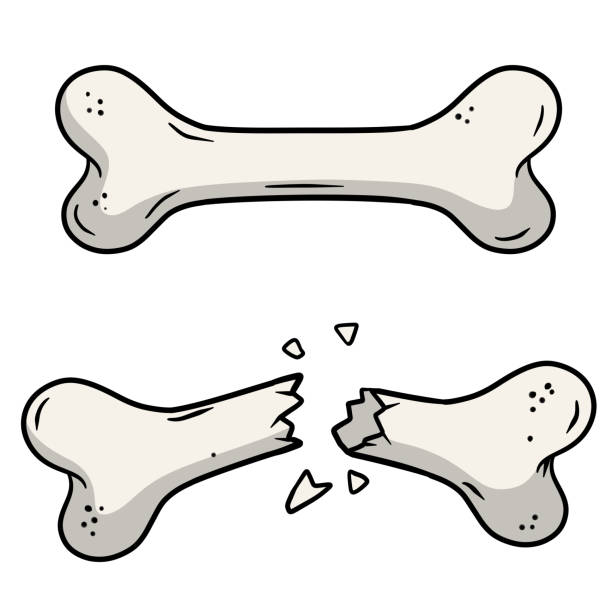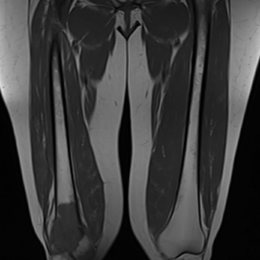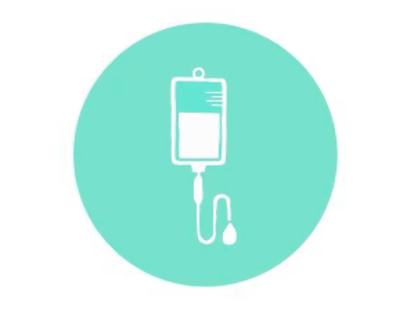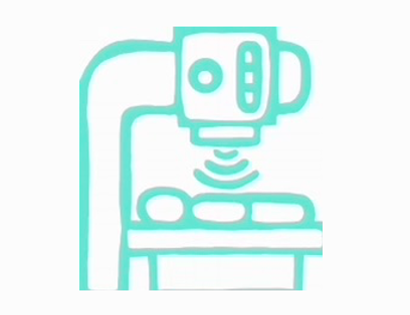Undifferentiated Pleomorphic Sarcoma of Bone
Undifferentiated Pleomorphic Sarcoma (UPS) is the second most common bone sarcoma in adults after chondrosarcoma. Previously known as Malignant Fibrous Histiocytoma (MFH), UPS gets its name because of the way it looks under a microscope (histology). Undifferentiated describes how the cells do not look like the body tissues in which they develop. Pleomorphic means the cells grow in different shapes and sizes.
